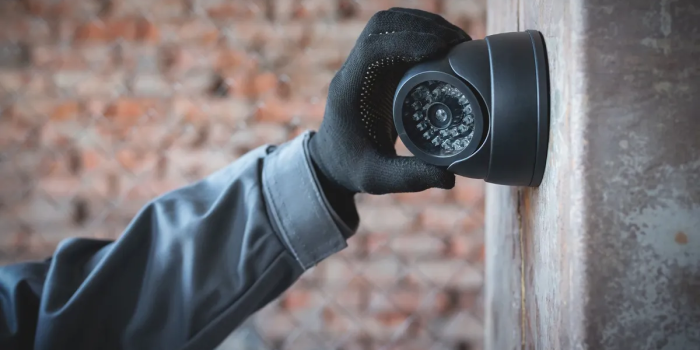While security cameras are designed to enhance safety, researchers at Northeastern University have developed a concerning technique called EM Eye that can capture video feeds from various cameras, even when located behind walls.
The EM Eye technique employs a radio antenna to pick up electromagnetic radiation from camera wires, transforming it into a video feed without sound. Tested on 12 different camera types, including home security cameras and smartphone cameras, the eavesdropping distance ranged from less than 1 foot to 16 feet, depending on the camera model. The researchers emphasized that most cameras prioritize protecting intentional digital interfaces, overlooking information leakage through unintended channels like wires.

Initially, the captured video is distorted due to pixel loss during transmission. However, the researchers used machine learning to enhance video quality, resembling the original footage. Presented at the IEEE Symposium on Security and Privacy, the technique highlights a potential threat, allowing individuals with engineering skills and minimal equipment to spy on nearby cameras discreetly.
To address these concerns, researchers recommend camera manufacturers consider shielding camera wires or encrypting video data to thwart potential attacks. Users are advised to be cautious about camera placement, especially in sensitive locations. EM Eye operates on the principle of electromagnetic induction, where changing magnetic fields induce electric currents in conductors like camera wires.
Using a software-defined radio and directional antenna, the researchers captured electromagnetic signals from the camera, converting them into a video stream. Unlike other spying methods, such as hacking into networks or intercepting cloud storage, EM Eye does not require access to the camera’s network, leaving no trace of intrusion. It also functions on cameras without internet connectivity, like dash cams.

Furthermore, the researchers believe their technique extends beyond cameras, potentially applying to devices with video-carrying wires, such as monitors, laptops, or tablets. While acknowledging legitimate applications like forensic analysis, they stress the importance of raising awareness to inspire countermeasures for protecting the privacy and security of camera users.


